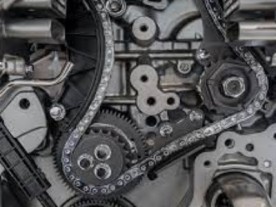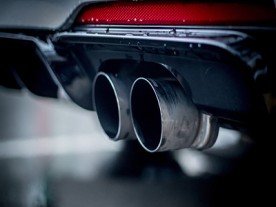In the world of automobiles, various terms are used to describe different components and aspects of vehicle design. One such term is "hub-centric," which refers to a crucial feature found in wheels. In this article, we will delve into the meaning of "hub centric" and explore its significance in the automotive industry.
Definition and Function:
"Hubcentric" describes a type of wheel mounting system where the center bore of the wheel matches precisely with the hub diameter of the vehicle. In other words, when a hub-centric wheel is mounted on a vehicle, the central hole of the wheel fits perfectly onto the hub of the vehicle, ensuring a precise centering of the wheel.
Importance of Hubcentric Design:
The hub-centric design is essential for several reasons. Firstly, it ensures proper alignment and balance of the wheel on the vehicle. This precise centering minimizes vibrations, reduces stress on the wheel studs or bolts, and enhances overall stability during driving.
Moreover, hub centricity contributes to maintaining the integrity of the wheel and tire assembly. By evenly distributing the load across the hub and wheel, it helps prevent excessive wear and tear, prolonging the lifespan of both components. It also reduces the likelihood of wheel wobbling, which can lead to uneven tire wear and compromised handling performance.
Hubcentric Rings:
In some cases, vehicles may have larger hub diameters than the center bores of aftermarket wheels. To bridge this gap and ensure a hub-centric fit, hub-centric rings (also known as hub rings or wheel-centering rings) are employed. These rings are typically made of durable materials like aluminum or plastic and come in various sizes. They fill the space between the hub and wheel center bore, effectively creating a hub-centric connection.
In summary, the term "hub centric" refers to the specific design feature of wheels that ensures a precise centering on the hub of a vehicle. This design promotes stability, reduces vibrations, and helps maintain the overall integrity of the wheel and tire assembly. Whether achieved through a direct fit or with the assistance of hub-centric rings, this feature plays a vital role in optimizing performance, safety, and longevity in the automotive industry.








